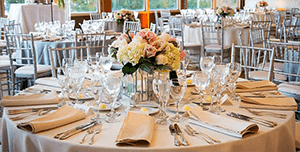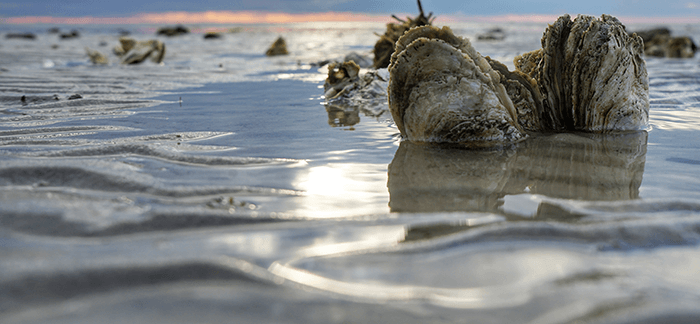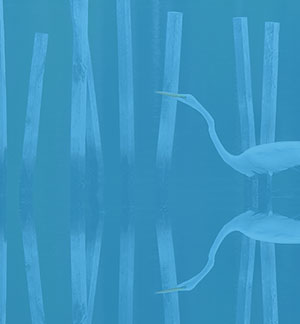The World's First LEED Platinum Building
The center, which opened in 2001, is one of the world's most energy-efficient buildings, incorporating natural elements into a fully functional workplace which has minimal impact on its Bay- and creek-front surroundings. The first building to receive the U.S. Green Building Council's Platinum rating for Leadership in Energy and Environmental Design (LEED), the center and its sophisticated systems have won international acclaim as a model for energy efficiency, high performance, and water conservation. Check out our real-time dashboard of the building's energy and rainwater use and energy generation.
All materials used in building the Philip Merrill Environmental Center are made of recycled products or created through processes that don't damage the environment. Our facility proves that it isn't necessary to lose comfort or beauty to build responsibly. The building serves as an interactive model that has educated and inspired people—including hundreds of businesses, organizations, and government agencies—for 20 years.
The facility is extremely cost effective and operates in harmony with the land, natural resources, and the Chesapeake Bay, proving that green buildings work. Here are just a few environmental and energy-savings facts:
- The Merrill Center is an Energy Star "Top Performance" building with a rating of 98 for energy efficiency. Overall, the center uses 50 percent less energy than a typical office building of equivalent size, number of employees, and plug loads, for an annual savings of almost $50,000.
- The 111kW solar system produces approximately 135 MWh of electricity each year, resulting in savings of roughly $16,000.
- Water consumption is 80 percent less than a conventional building. Average daily water use is 150 gallons—approximately 40 percent of which is rainwater. The center's total four year average water savings equal 1.35 million gallons not processed by sewage treatment plants.
- By disturbing the land as little as possible during construction, the center has restored and incorporate native habitat for wetlands and wildlife on surrounding land, and teamed up with the local community to form the local land trust that protects the entire property.
- Smart parking design reduces harmful runoff from surfaces by placing parking under the building and using gravel surfacing for parking outside the building. Gravel slows runoff and its light color reduces heat retention in the summer.
Building green was once considered a cause advocated mostly by hardcore environmental groups. Not so today. With rising energy costs and emerging technologies catching on, green buildings are smart solutions for both businesses and homeowners serious about reducing pollution, mitigating environmental impact, and saving money.
Do you have a question about our green building? E-mail us at: chesapeake@cbf.org.

 Office
Office Facility
Facility Education Center
Education Center Multiple Facilities
Multiple Facilities


